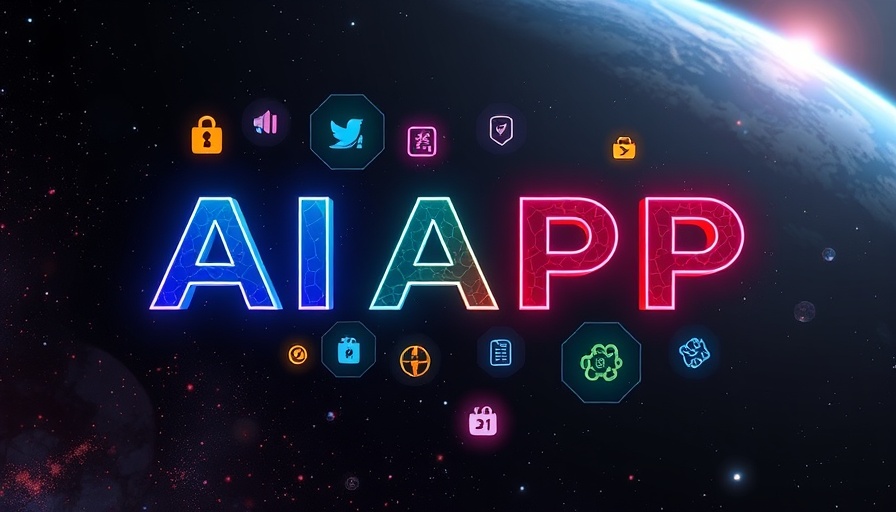
Generative AI: A Game Changer in Tech
Generative AI is at the forefront of the technological revolution, changing how various industries operate and innovate. Models like ChatGPT, Gemini, and DALL-E are pushing boundaries in automation and creativity, enhancing productivity and efficiency. Following the launch of ChatGPT in October 2022, interest in generative AI skyrocketed, as seen in Google Trends graphs.
A Look at the Economics of Generative AI
Statista predicts that the Generative AI market will reach approximately $62.72 billion by 2025, with an astonishing growth rate projected at 41.53% annually through 2030, opening up significant opportunities for companies willing to adopt these technologies. In a world where more than 80% of businesses plan to utilize generative AI by 2026, the implications are vast. This boom can create new jobs while transforming existing roles across many sectors.
Leading the Charge: Real-World Applications
Google recently showcased 321 examples of generative AI in action across diverse sectors like healthcare, finance, and marketing. From automating mundane tasks to crafting complex algorithms for efficient decision-making, AI's role continues expanding. These case studies exemplify how businesses leverage AI not just for cost reduction but also for improving customer experience and personalization.
Benefits of Embracing Generative AI
The advantages of generative AI include enhanced creativity and innovation. As reported by Brilworks, over 70% of content marketers already employ generative AI technologies to elevate their marketing strategies. While concerns exist regarding AI's ability to duplicate human creativity, many find it to be a powerful tool that assists rather than replaces human effort.
Future Prospects and Considerations
With its rapid adoption, generative AI offers exciting prospects, like improving drug discovery in healthcare or customizing learning experiences in education. Yet, as industries embrace these technologies, it is crucial to recognize their limitations and the need for human oversight. As stakeholders strive to innovate responsibly, understanding these tools will be essential for navigating the future of work effectively.
Conclusion: A Call to Action for Businesses
As businesses consider integrating generative AI into their operations, they should prioritize understanding its capabilities and limitations. By doing so, organizations can create informed strategies that optimize their productivity and maintain a competitive edge in this fast-evolving landscape of technology.
 Add Row
Add Row  Add
Add 




 Add Row
Add Row  Add
Add 

Write A Comment